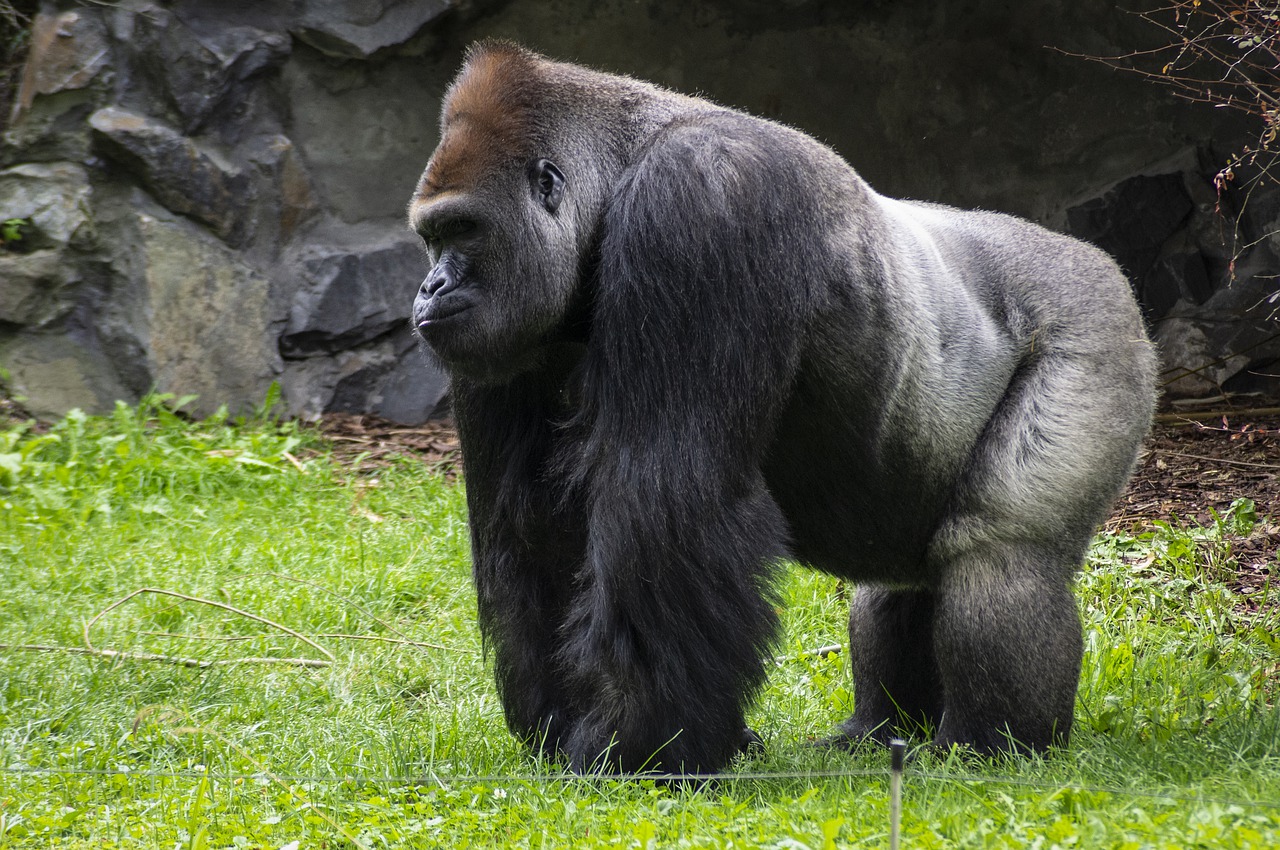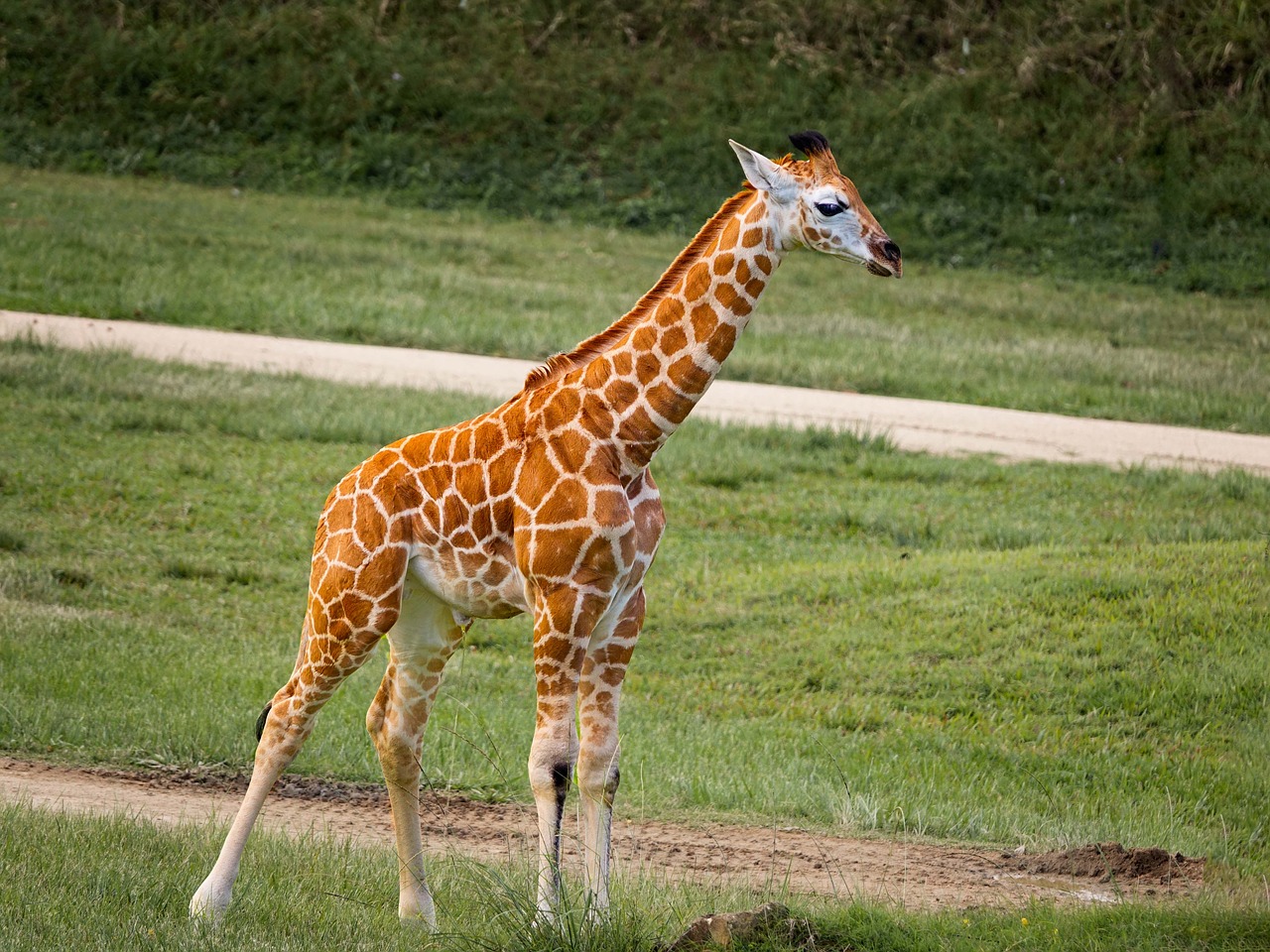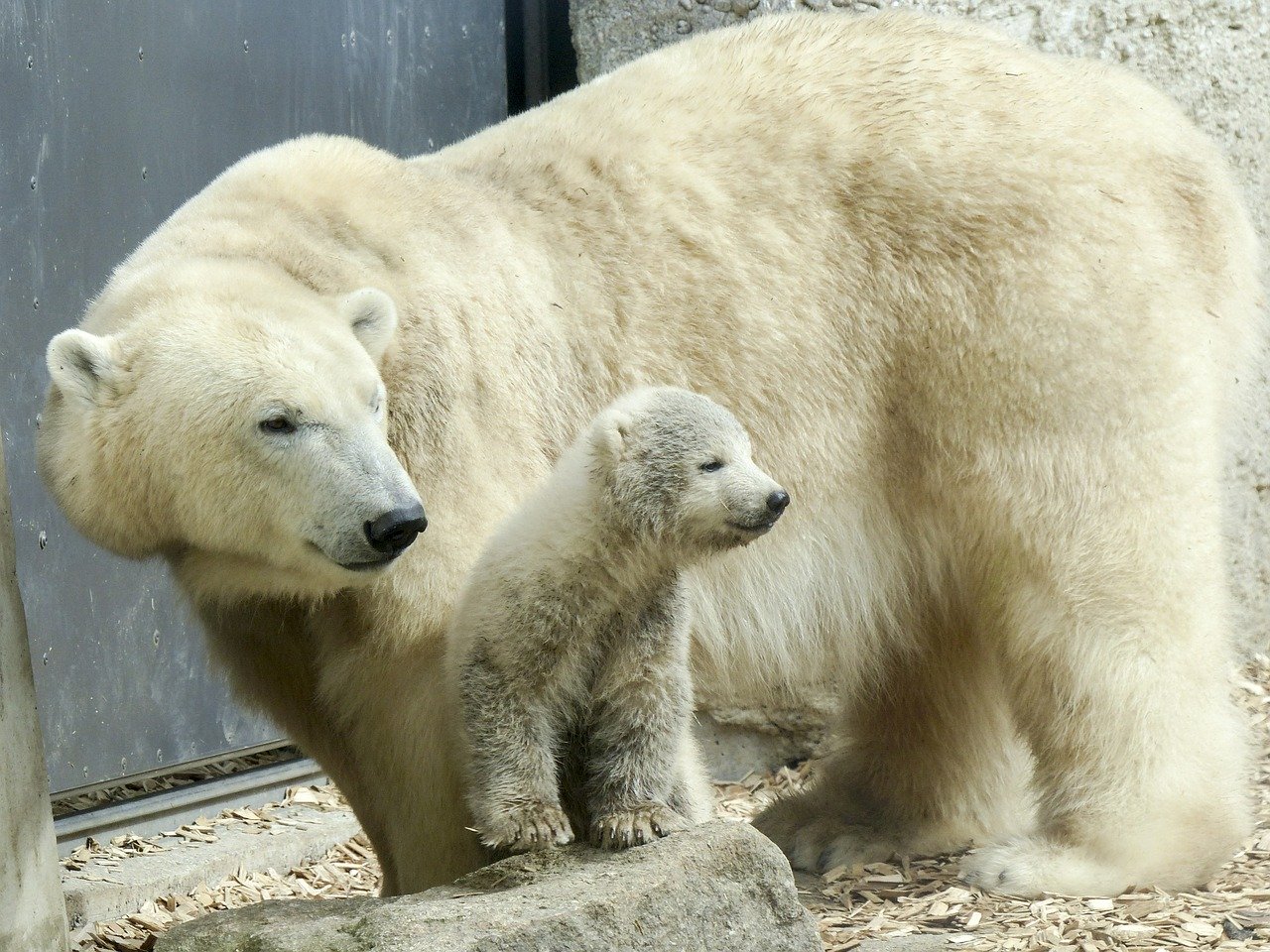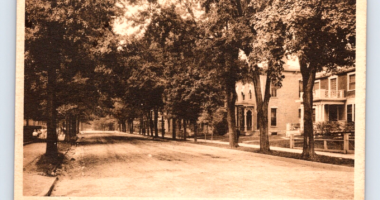Special to 1808Delaware
Guests visiting the Columbus Zoo and Aquarium may recognize some changes that have been occurring within the Zoo’s three western lowland gorilla troops as three gorillas—silverback, Oliver, and females Nadami and Dotty—prepare to move from the Columbus Zoo to their new home at another facility also accredited by the Association of Zoos and Aquariums (AZA).
All of the gorillas at the Columbus Zoo have a strong following, and fans are encouraged to visit soon if they wish to see Oliver, Nadami and Dotty before they depart for their new home. Two Columbus Zoo Animal Care team members, a member of the Facilities team and a staff veterinarian will travel with the gorillas to ensure that they arrive safely. Updates about their arrival will be provided once the receiving zoo has welcomed the gorillas and shared the exciting announcement with their supportive community.
Oliver, Nadami and Dotty’s move was recommended through the Association of Zoos and Aquariums’ (AZA) Species Survival Plan® (SSP), a program managed by the AZA to maximize the genetic diversity and increase the population sustainability of threatened and endangered species in human care. The move was carefully planned to ensure that it will benefit the collective gorilla population in human care and be good for the management of gorillas still residing at the Columbus Zoo.
Previously, the Zoo’s gorilla troops consisted of:
Troop 1 – Oliver (silverback); and females, Dotty and Nia
Troop 2 – Ktembe (silverback); and females, Cassie; Jamani; Nadami; and Sue
Troop 3 – Mac (silverback); females, Mo’ana; Kinyani; Tabibu; Kamina; and Zahra; and young males, JJ, Kamoli; and Sulaiman
Because gorillas often share strong social bonds, these considerations are also taken seriously during SSP recommendations. As part of the phased process of gorilla introductions, Oliver’s troop gradually changed, with Nadami moving from Ktembe’s troop to Oliver’s. Both Nadami and Dotty, who are excellent genetic matches with Oliver, have received SSP recommendations to breed with him at their new home as part of efforts to help protect the future of their species.
Oliver, Nadami and Dotty are doing well living together as a new family unit. With his laid-back personality, 37-year-old Oliver is still very serious when it comes to his role as the silverback and leader of his troop. Even though he is hearing impaired from an illness when he was very young, he communicates well with his troop. At age 16 years, Dotty has a lot of spunk and is very playful with Oliver and the keeper staff. Oliver and Dotty have been together for several years and often wrestle and laugh with one another. Nadami, who is 10 years old, is a bit more cautious and reserved, though she is also very curious. She is fitting in well with Oliver as well as Dotty, who has shown playful behaviors toward her.
Additionally, Nia moved from Oliver’s troop to Ktembe’s, which consists of Jamani, Sue and Cassie. Nia and Cassie were quickly comfortable with one another; in fact, they lived together until they were 7 years old. Nia and Ktembe had already been previously flirting through the mesh, and Nia has been a welcome addition to the troop.
With Oliver, Nadami and Dotty soon settling in their new home, this will provide the Columbus Zoo with additional space to manage the remaining 14 gorillas at the Zoo and prepare for an eventual bachelor group formed by young males, JJ, Kamoli, and Sulaiman. As part of the Gorilla SSP, every participating zoo is expected to house bachelors in addition to mixed-sex groups, and the Columbus Zoo will now be able to help support the bachelor gorilla population. While gorillas mature at different rates and the gorillas themselves will determine when they are ready to move from Mac’s group to form their bachelor troop, the Columbus Zoo will have space available for when that happens to contribute to the collective SSP plans. No other changes within Mac’s troop are currently planned.
“We consider these animals to be members of our Zoo family, and while it’s certainly hard to say goodbye, we remain committed to our integral role in participating in collaborative programs working to protect the future of threatened and endangered species. We are confident that Oliver, Nadami and Dotty will continue to receive excellent care, and we look forward to receiving updates about them from our friends and colleagues at their new home,” said Interim Columbus Zoo and Aquarium President and CEO Jerry Borin.
According to the International Union For Conservation of Nature (IUCN) Red List of Threatened Species™, western lowland gorillas (gorilla gorilla) are listed as critically endangered. Habitat loss and deforestation have historically been the primary cause for declining populations of Africa’s great apes, but experts now agree that the illegal commercial bushmeat trade has surpassed habitat loss as the primary threat to ape populations—particularly for western lowland gorillas.
The Columbus Zoo and Aquarium is a proud supporter of several gorilla conservation projects in Central Africa, from research to rescue and rehabilitation missions. In 1991, the Partners In Conservation (PIC), a grassroots effort to protect African wildlife through humanitarian projects, was founded at the Columbus Zoo. Over the last 31 years, PIC has supported more than 60 projects focused in Rwanda, Uganda and the Democratic Republic of Congo. The Columbus Zoo is also member of AZA SAFE Gorilla, which brings together a coalition of zoos and field partners to save the rare Cross River and Grauer’s gorilla subspecies.
In addition to the world-class gorilla breeding program, the Columbus Zoo is known for being a pioneer in gorilla fostering for more than 30 years. The Zoo has been recognized internationally for the care of gorillas in social groups, including expanding social groups through the placement of young gorillas with foster mothers when their biological mothers were unable to care for them. Over the years, nine gorillas born at the Columbus Zoo have been raised through this fostering program and seven others have been sent from other zoos to receive care.
Guests can also help make a difference for gorillas by bringing in old and unused handheld electronics and putting them in the box inside the Zoo entrance. Through the Gorillas on the Line global mobile phone recycling initiative, these items will be recycled so mineral component (coltan) contained in them will not be mined in gorilla habitat.









